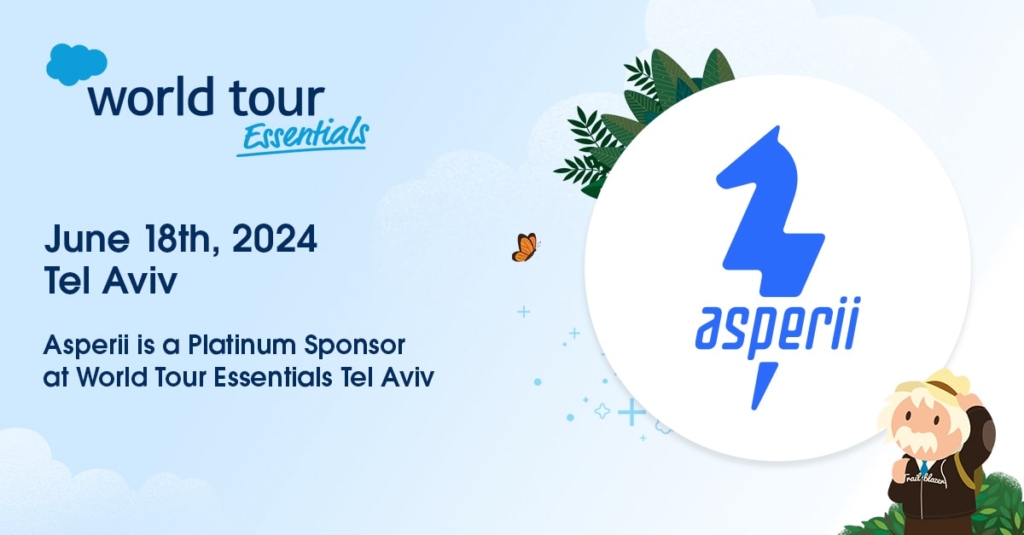ClickSoftware, a Salesforce company, announced Extended Support for Service Optimization V8.3 until December 31, 2023. For current users, this raises some questions regarding how to procceed from here. We try to answer them.
What Does This Mean in Practice for Current Service Optimization V8.3 Users
Basically, two things:
- Starting May 1, 2021 when Primary Support ends and Extended Support kicks in, you’ll only be able to receive basic maintenance and bug fixing, assuming you have upgraded to the latest patch available then.
- From the same date, you’ll start paying a premium for the Extended Support.
The question field service organizations using Service Optimization V8.3 need to ask themselves is this: Do these two additional years of costly limited support worth it?
Let’s Put This in Context
The Field Service Management world is advancing fast as customer demands and expectations are escalating. This trend is heightened by the emergence of the New Normal, the post-COVID reality that has reshaped markets.
After an initial decrease in activity during the beginning of 2020, field service organizations are seeing a surge in activity.
According to Salesforce data, Salesforce Field Service (SFS) – previously named Field Service Lightning – “saw usage jump more than 50% between April and July 2020, and is actually now being used 20% more than at pre-COVID”. This is happening due to a backlog of service requests from the beginning of 2020 that organizations are now struggling to clear.
Field organizations will need to continue dealing with a more complex service reality due to social distancing and health regulations. The needed adaption puts extra pressure on organizations and require them to tighten the ship to deliver better managed and improved customer interactions across the entire customer journey.
Without raising the alarm too high, Service Optimization V8.3 customers need to consider the following – will you be able to deliver on customer expectations and adapt your organization to the New Normal with the clock ticking on your FSM solution, not to mention limited support that doesn’t allow system optimization?
Another point to consider. Migration to a different FSM system is on your roadmap, no way around it.
What Are Your Options?
Erez Glinansky, Asperii’s Principal Architect wrote, “The choice facing organizations is a straightforward one: carry out a from-scratch implementation of a new FSM solution, or “translate” the Click product into Salesforce Field Service.”
Glinansky further explained that the ‘translation’ option – migration to Salesforce Field Service – is the preferable one in light of the many similarities between Service Optimization and Salesforce Field Service. These similarities allow for a smoother migration while retaining past investment already done in the Service Optimization system.
For a detailed explanation of the migration process, check Glinansky’s full post here.
What You Should Be Doing Now
Start planning your migration from Service Optimization V8.3 now.
The ideal scenario for Service Optimization V8.3 customers is a full migration to Salesforce Field Service by May 2021, avoiding the Extended Support period.
It’s a tight schedule, but a doable one. Use 2020’s fourth quarter (October to December) for a Gap Analysis to plan your migration project and conclude the required budget for it. Come 2021 you’ll be ready to put things in motion toward a fully-integrated FSM system to manage your field service operation and customer interactions end-to-end. As explained above, this system can only be Salesforce Field Service.
2020 has been a tremendously challenging year. Still is. You should harness these challenges to get ahead and wrap it with a winning 2021 FSM roadmap.
You don’t need to do it alone. Contact us today (or tomorrow 😉) for your FSM Assessment.


